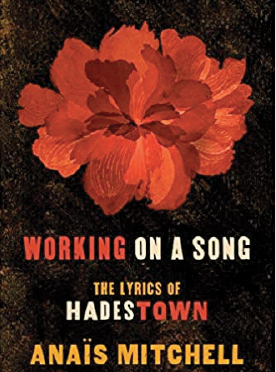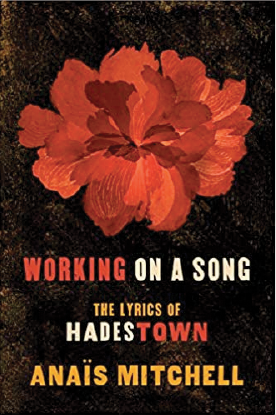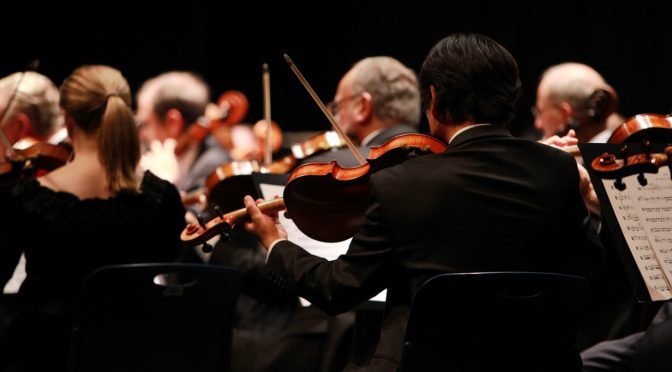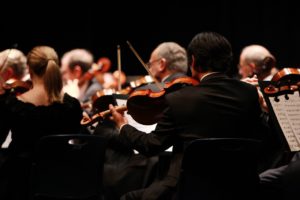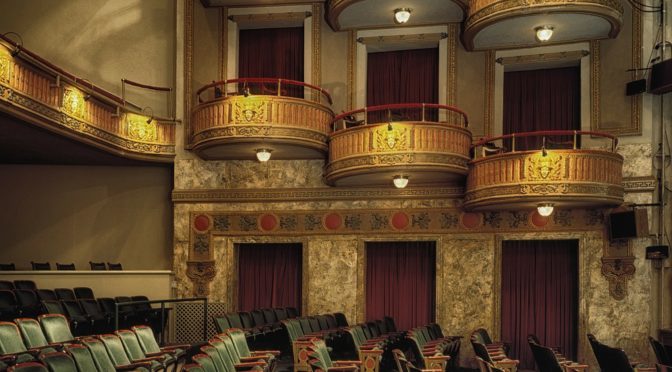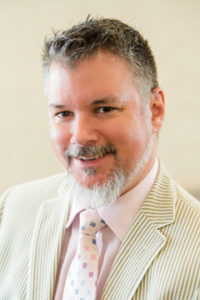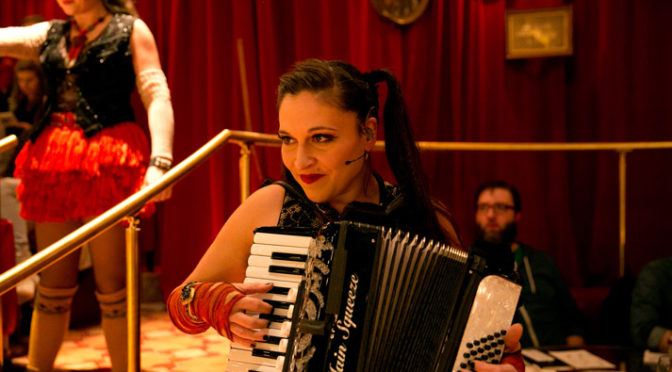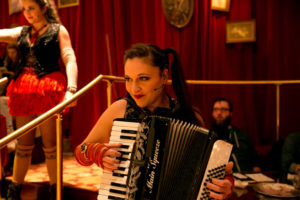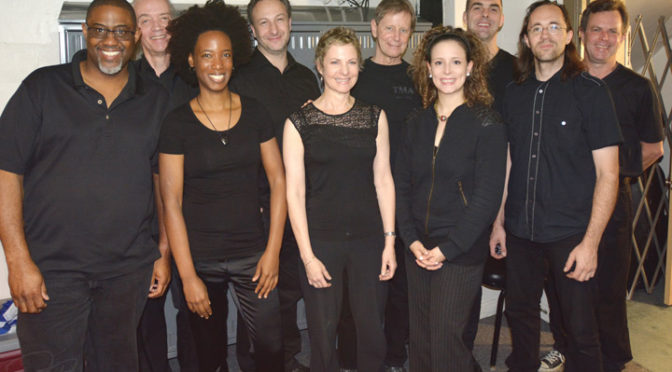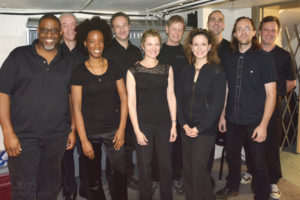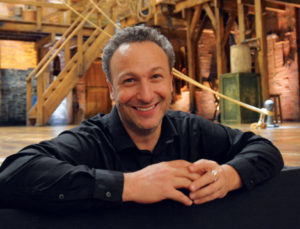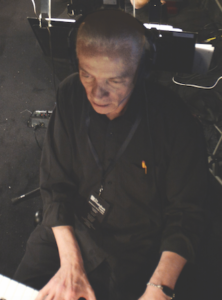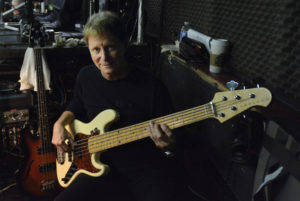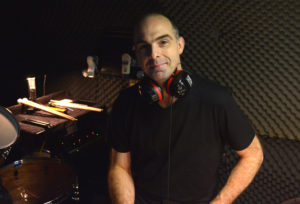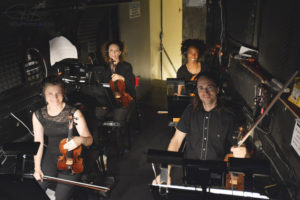On March 11, the World Health Organization declared COVID-19 a global pandemic. The following day, the governor of New York State banned the gathering of groups larger than 500 people after 5 p.m. each night, effectively shutting down all of Broadway. On March 20, the AFM and the Broadway League came to a settlement agreement regarding the total shutdown of the shows. By April 12, all tours had been officially canceled.
To underscore the impact this has had on theatre and touring, it was only a few months earlier that I had reported to the International Executive Board that we had 27 tours running, 14 of which were full Pamphlet B. All live theatre has been on hiatus for over seven months and the latest information we have from the Broadway League is that the continued suspension of all ticket sales for Broadway performances will continue through May 30, 2021.
As I write this article, the state of touring theatrical productions is still uncertain. Although we may see certain regions of the US and Canada become less affected by the ongoing pandemic, the inconsistent state and local regulatory restrictions currently in place make putting together a “smart” itinerary a challenge.
One area where theatre musicians are seeing some activity is in electronic media. Show and theatre producers, in an effort to keep our audiences engaged, have held virtual internet streaming events. This offers us the opportunity to perform—something we are all driven to do—but we have to be very careful not to devalue our work by offering to perform streaming events for little or no compensation. My department is working closely with the Electronic Media Services Division to ensure that musicians asked to perform for these events are paid fairly with appropriate benefits. For events that are held to raise money for charity where musicians are asked to donate their wages, an AFM contract must be filed for the event and benefits to those musicians should be paid. Musicians have every right to offer their wages as a contribution, but those wages must be paid for you to be able to contribute the money and receive the appropriate tax credit.
Another source of income for theatre musicians flows from the options available to regional theatres to utilize archived libraries. This new agreement, promulgated specifically for use during the pandemic, allows for the exploitation of these archives in exchange for a fee to the musicians who recorded the captured performance. The agreement allows the use of full productions and clips or excerpts from a show and provides a fee structure based on how long a company wants the archive viewable.
The New Media provision of the Live TV Agreement has also been used as a way to stream new theatrical content. Some theatres are also contemplating productions with a reduced live audience size in addition to a live internet stream in conjunction with the live performance. Needless to say, the live theatre industry is working hard to adjust to these new and difficult challenges.
Early in the summer, I started working with the officers of the Theatre Musicians Association—President Tony D’Amico, Vice President Heather Boehm, and Secretary-Treasurer Mark Pinto—and the Director of Broadway Jan Mullen to evaluate the needs of theatre musicians for a safe return to work. The result was the creation of guidelines to assist in the bargaining of safety protocols for a safe return to work in theatre.
Please remember, under no circumstance should anyone sign a health waiver in order to return to work. It is the obligation of our employer to provide for a safe and healthy work environment. These safety protocols can be found on the Theatre Resources page on the AFM website.
We will be faced with many challenges in ensuring musicians performing in the theatre pit environment remain safe and healthy. Please do not hesitate to contact me with any questions or comments: tgagliardi@afm.org.



